
Write what you are looking for and press enter to begin your search!

Live News

What Bioware Can Re-Learn From Star Wars: Knights Of The Old Republic

By Burhanudin Zamri|August 14, 2018|0 Comment
About a year ago, Mass Effect Andromeda was released and it was almost universally regarded as one of the biggest disappointments of the year.
Three years before that, Dragon Age Inquisition came out and despite being critically acclaimed, the game was considered by many fans to be nowhere near as good as the first game of the series, Dragon Age Origins.
Both Andromeda and Inquisition still implemented the same beloved Bioware Formula. So why didn’t they achieve the same kind of success?
Although the structure of these two latest games definitely resembled their
predecessors, there have been a few additions to and subtractions from the formula and
some of these changes have made the games worse.
However, it is perfectly possible for Bioware to recenter themselves and relearn from their past successes. I would suggest looking back at the first game that probably nailed the format of these games and became the structural blueprint for both the Mass Effect and Dragon Age series: Star Wars Knights of the Old Republic (KotOR).
I want to focus only on two major aspects that I believe can make or break a
Bioware game: the linearity of its game design and the way it handles its protagonist.
Both Andromeda and Inquisition boasted wide-open landscapes that would be
filled with hundreds of hours of content. The first major area of Inquisition, The
Hinterlands (map featured above), is claimed to be bigger than all the locations in
Dragon Age Origins combined.
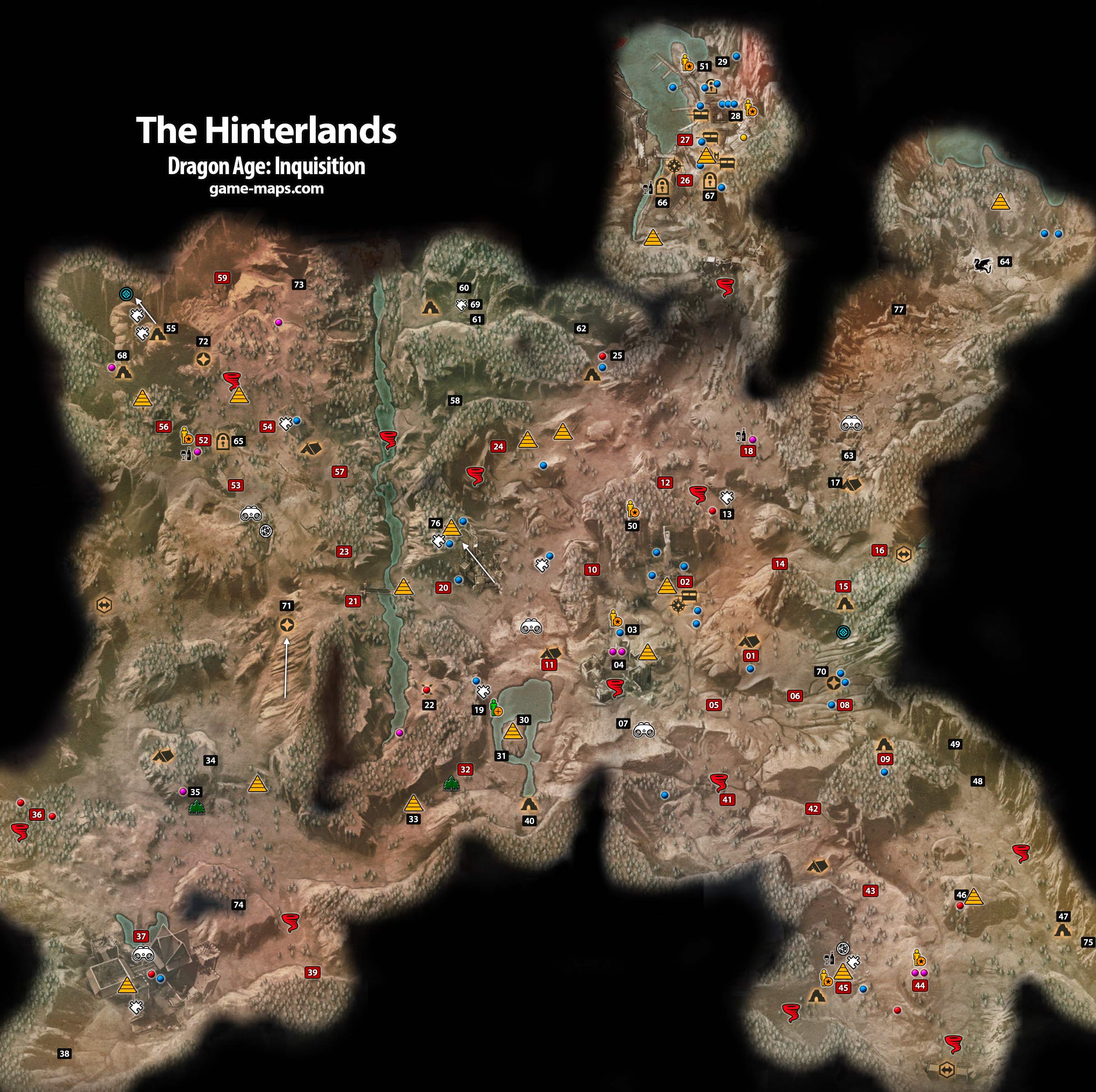
However, all that surface was filled with cloned enemy mobs scattered here and there, NPCs giving cookie-cutter reasons why you should go somewhere and do something for them, and magical shards scattered around with unclear benefits for collecting them. There was also supposed to a war between mages and mage hunters but you could still find people having picnics.
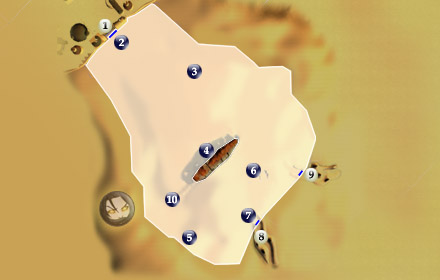
KotOR was the antithesis of this. Every planet you visited had clear and easily
reached limits. The Dune Sea of Tatooine (area map below) was basically a big empty
desert. Upon entering the location, there’d be only a few points of interest. Closest to
you was what seemed to be a man trapped by four droids that were programmed to kill
him if he moved and when you approached him you’d realise that he was a bounty
hunter you spoke to earlier.
You learn that he needs your help to get out of the sticky situation created by his wife. Look a bit further and you see a Sandcrawler, a gigantic mining vehicle and there seems to be smoke coming out of it so there’s definitely an interest to investigate. The message was clear. The desert was desolate and destructive.
Inquisition’s area map was full of markers while KotOR’s maps rarely had more
than 10. Less is more because less allows you to emphasize the important and
interesting things and Bioware seems to have forgotten this idea.
Andromeda and Inquisition outgrew their predecessors in size but still maintained a small-time approach to content. KotOR had less than half of what those games offered but what few that it did offer was more interesting and exciting.
One of the greatest appeals of not just Bioware games but RPGs, in general, is
the freedom to immerse yourself in a persona of your own creation. For me, the ultimate
factor that decides the quality of your immersion is the ability to make specific choices.
The appearance of your custom character means very little if you can’t make them
behave the way you intend them to. Having a silent protagonist helps a lot. Not just
because it saves money and time on voice acting but also because it gives the dialogue
writers more freedom on how the character expresses and decides.
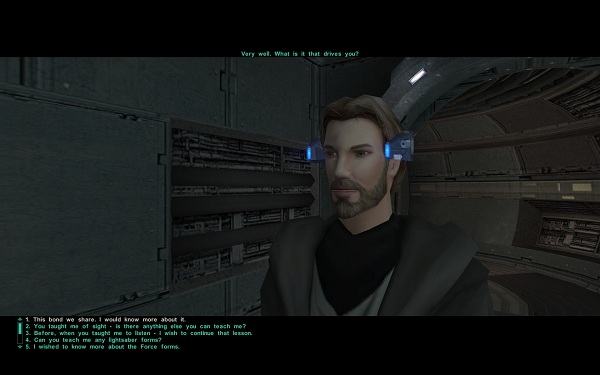
Unlike Andromeda and Inquisition, KotOR didn’t have a voiced protagonist and
neither did it have a dialogue wheel. Both of these features helped in giving the player a
higher number of choices in how they would approach the situations in the game.
Wanted to play a good-guy Jedi who would help everyone in need but still try to be
pragmatic and careful so that you don’t get used? Sure! KotOR allowed you to be
nuanced and detailed in crafting your hero’s behaviour.
One good thing aboutits the dialogue wheel is that it’s simple. What Bioware does
to the dialogue wheel is that it connects choice-mood and position. In most cases, it’s
top right for “nice-guy I wanna help everyone”, middle right for “neutral I don’t wanna
offend anyone”, and bottom right for “I’m evil because evil is fun”.
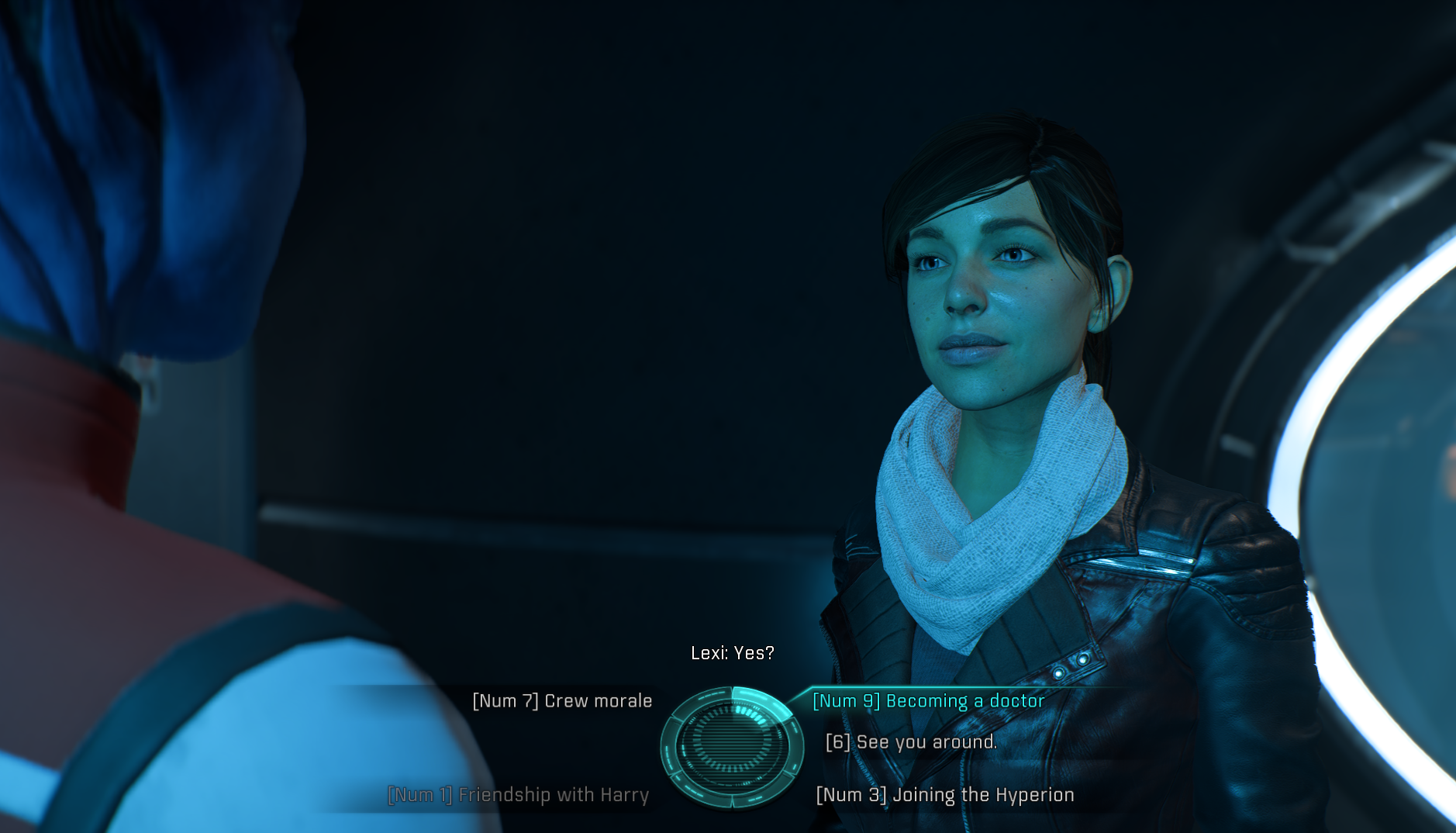
In Andromeda and Inquisition, most of your dialogue choices boil down to these 3 options. All these options are voiced which becomes a problem when you encounter a situation where you sometimes want to respond like a nice guy and sometimes want to be a bit of a jerk. There’s a clear dissonance in tone and character, makes your protagonist seem like they have a personality disorder.
The biggest problem isn’t actually your character flip-flopping between tones. It’s
your character not exactly saying what you want them to say. As mentioned before,
the dialogue wheel is a thing of simplicity and in terms of clarity, it means you’re given a
summary of what your character will say instead of each and every word that actually
comes out of their mouth.
Both Andromeda and Inquisition is guilty of this but Andromeda is infamous for it. Watch almost any review of the game and you’ll often hear complaints about how the main character doesn’t really say what you want him/her to say. This problem is nonexistent in KotOR because your dialogue options are spelt out in the entirety. Sure they’re not voice acted but hey, you get to express yourself as accurately as possible in a game where your choices matter.
Leonardo Da Vinci once said that art is never finished, just abandoned. I’d posit
that Bioware once mastered the art of their own game structure, their very own Bioware
Formula. However, they couldn’t abandon their efforts to “grow†the structure and ended up adding more layers than necessary. Their two latest games are proof of this. In many ways, Andromeda and Inquisition were bigger than any of their predecessors and
absolutely massive when compared to KotOR, their spiritual grandfather.
And yet, KotOR still shines brighter when analysed and compared even after all these years. In gaming, bigger is rarely better. Transitioning from small corridors and
silent protagonists to wide open landscapes and voiced-acted heroes may sound
impressive in trailers and promotional materials.
In the actual games which unnecessarily span hundreds of hours, these selling points become nothing more than padding in between the actual fun and interesting portions of the game. Bioware should remember their own lesson from years past: it’s better to have a 20-hour game with 20 hours worth of interesting content than a 100-hour game with 80 hours worth of boring and inconsequential fluff.

By Alleef Ashaari|May 27, 2021
Since everyone is (still mostly) staying home because of the ongoing COVID-19 pandemic, I’m sure you won’t want to waste time sifting th...
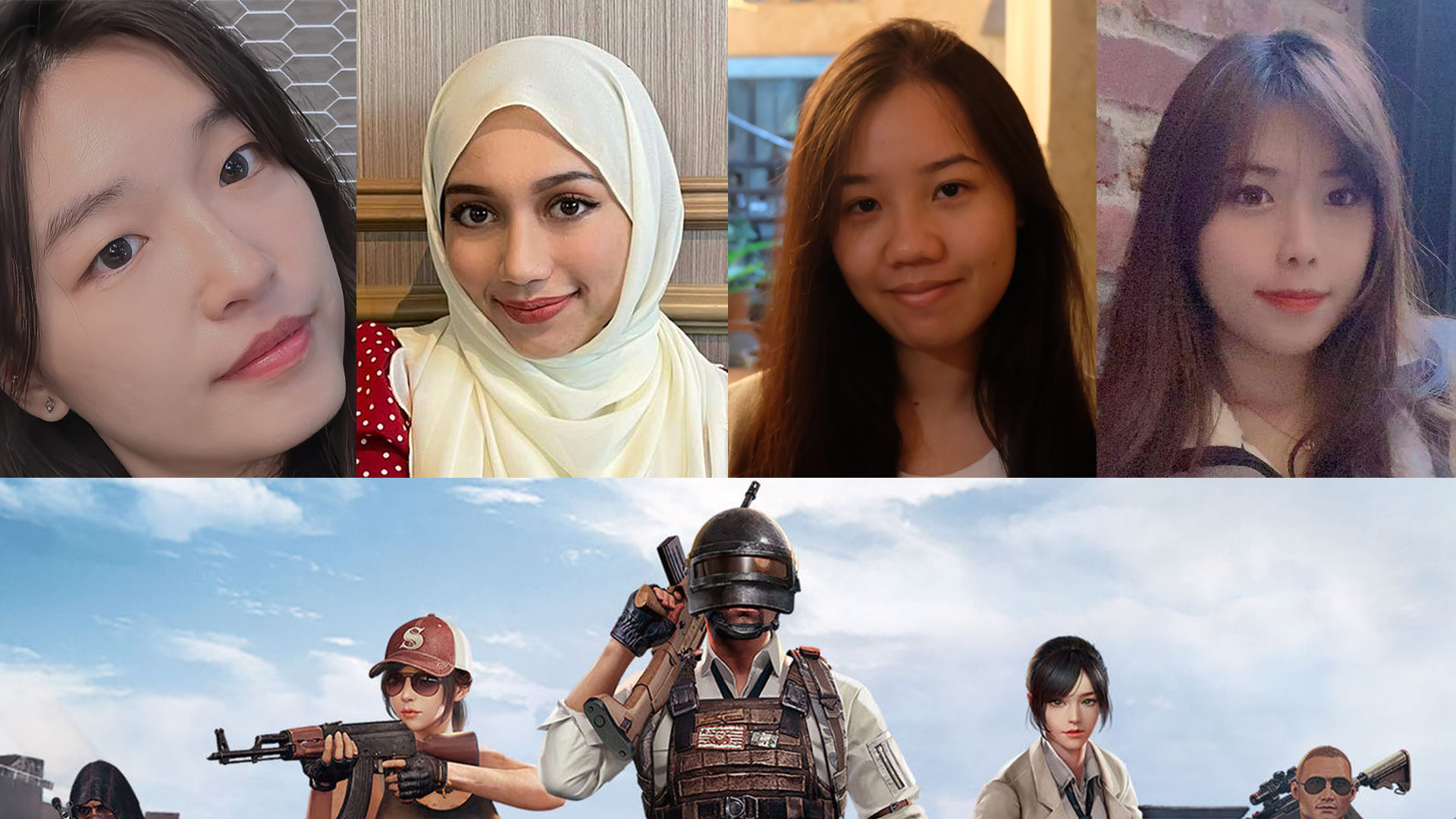
By Team KKP|March 22, 2024
In recent years, the gaming industry in Malaysia and the world of esports has experienced a rise with over 14 million gamers recorded nationwide and g...
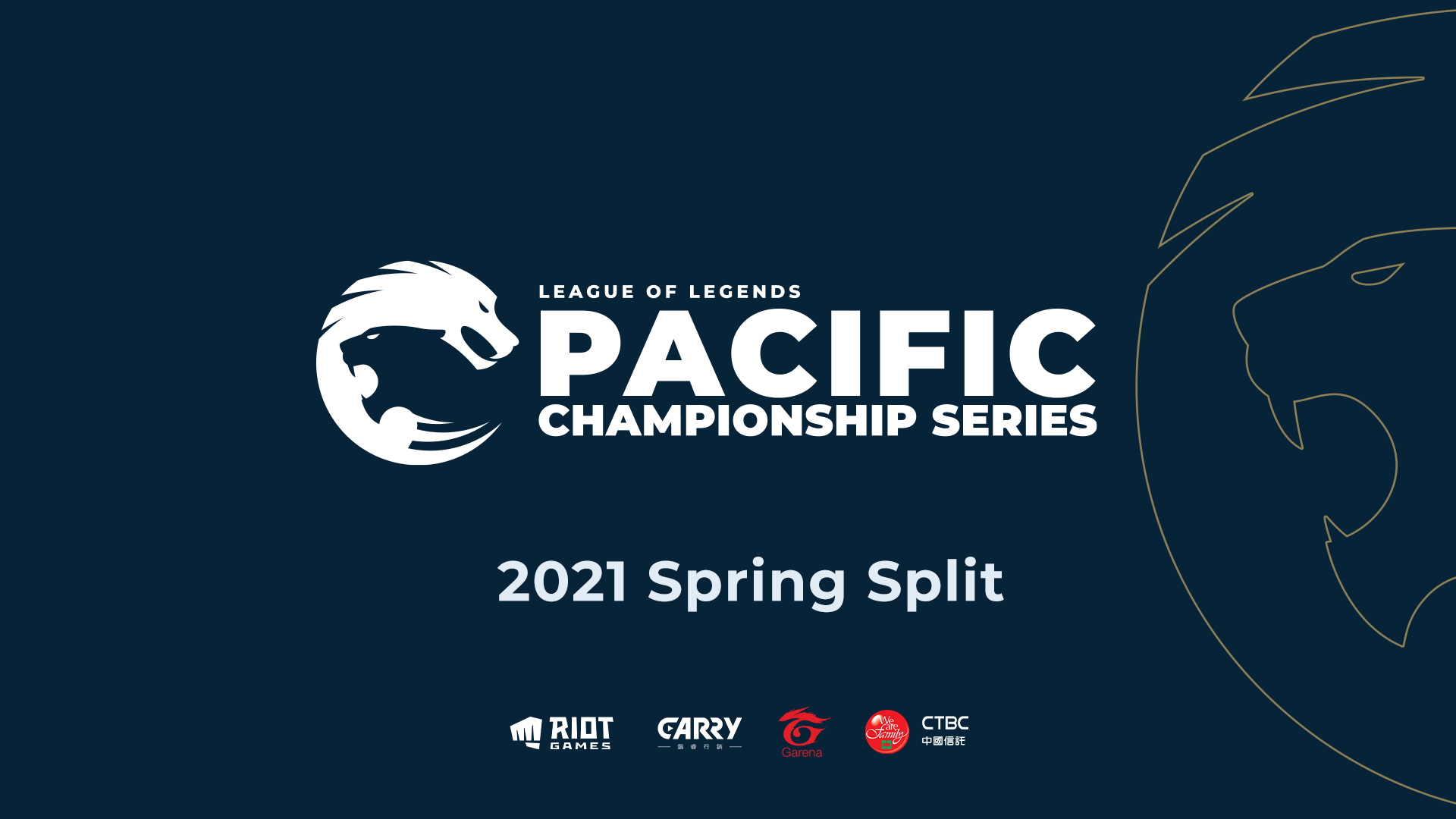
By Alleef Ashaari|December 11, 2020
Riot Games Southeast Asia, Carry Live Co., and Garena have announced the return of the Pacific Championship Series (PCS) presented by CTBC for the...

By Mr Toffee|February 2, 2024

By Team KKP|July 1, 2023
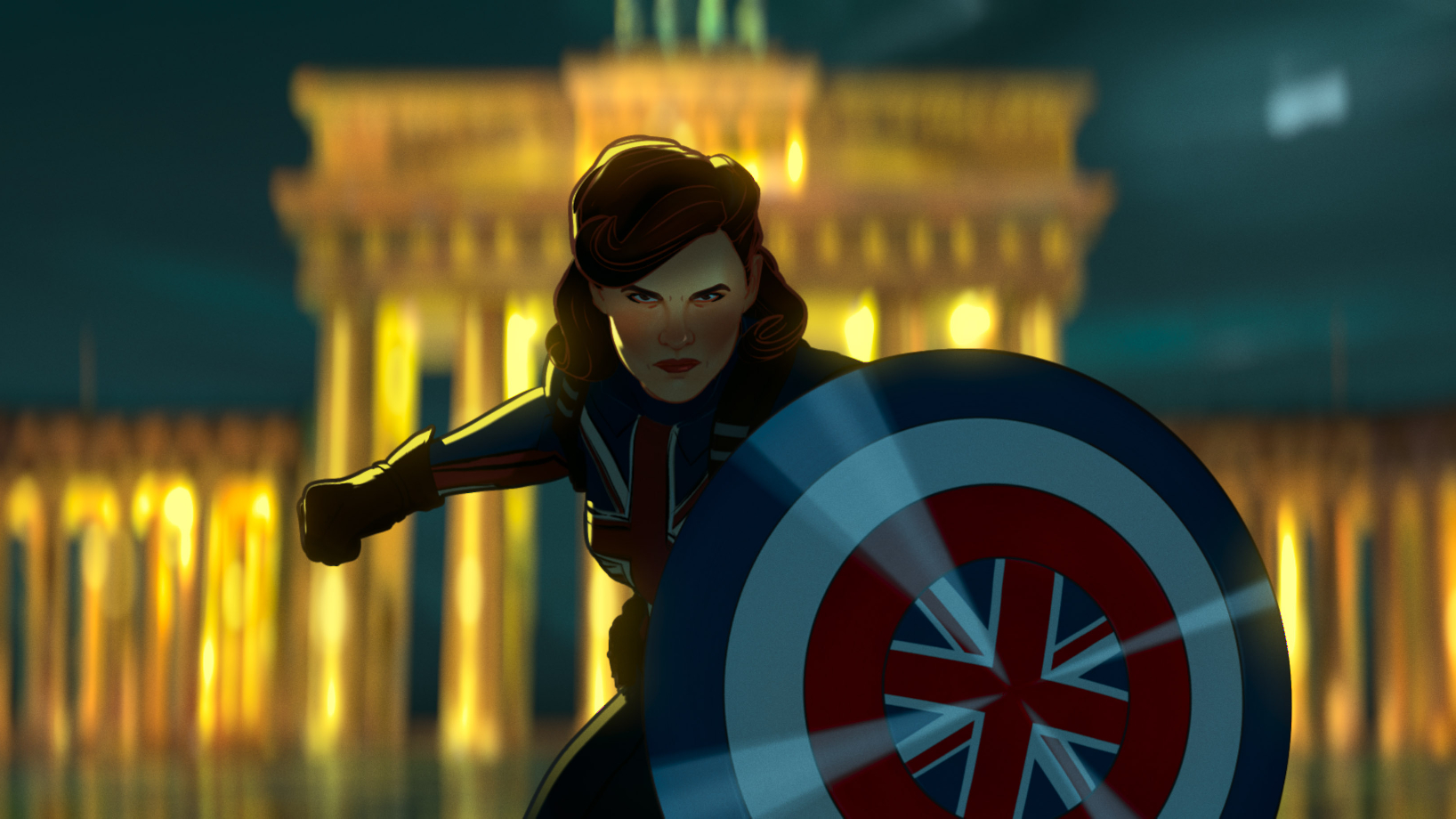
By Alleef Ashaari|August 2, 2021
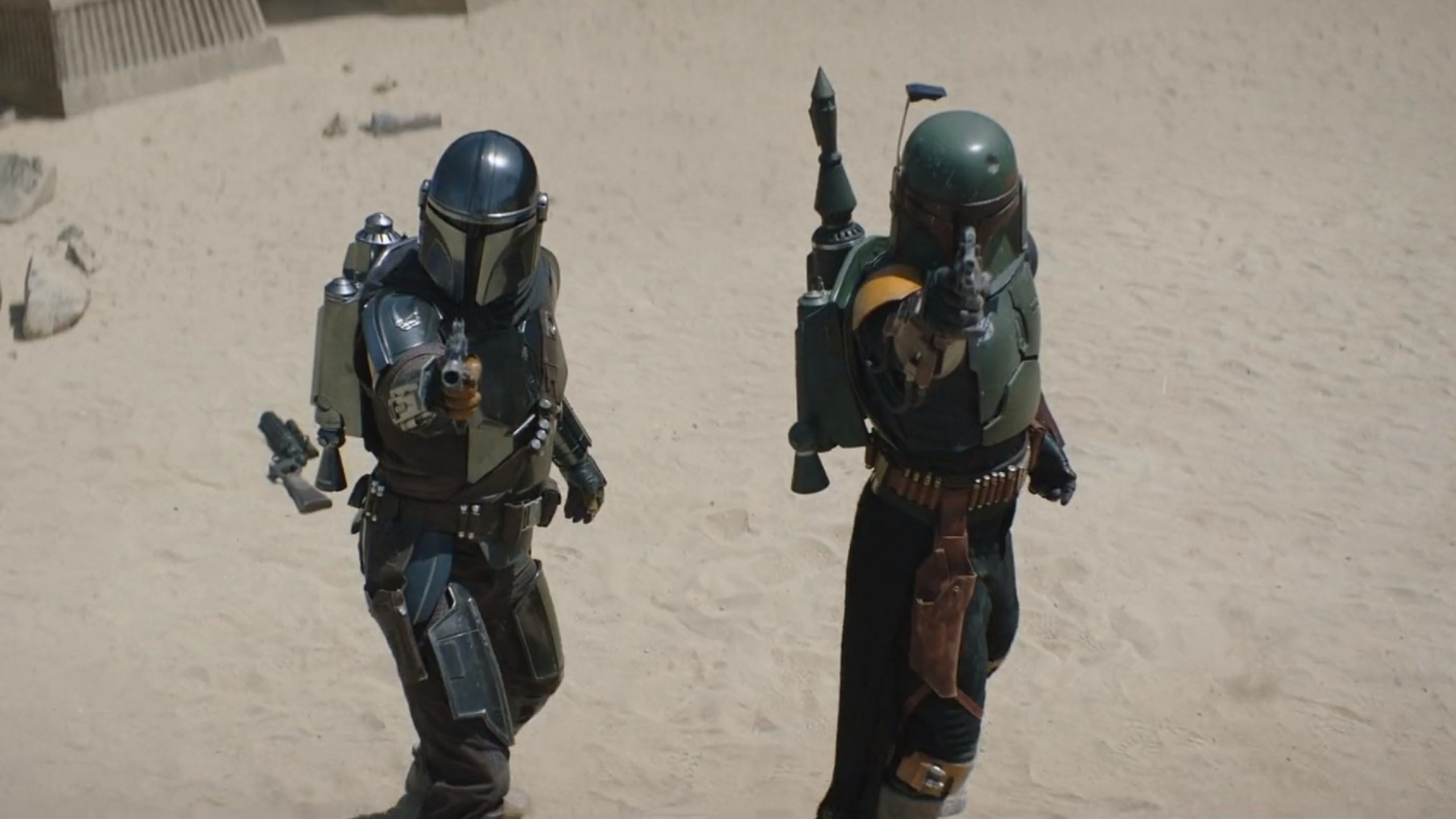
By Alleef Ashaari|February 9, 2022

By Mr Toffee|February 2, 2024

By Team KKP|July 1, 2023

By Mr Toffee|February 2, 2024

By Team KKP|July 1, 2023
Copyright @ Kakuchopurei 2024